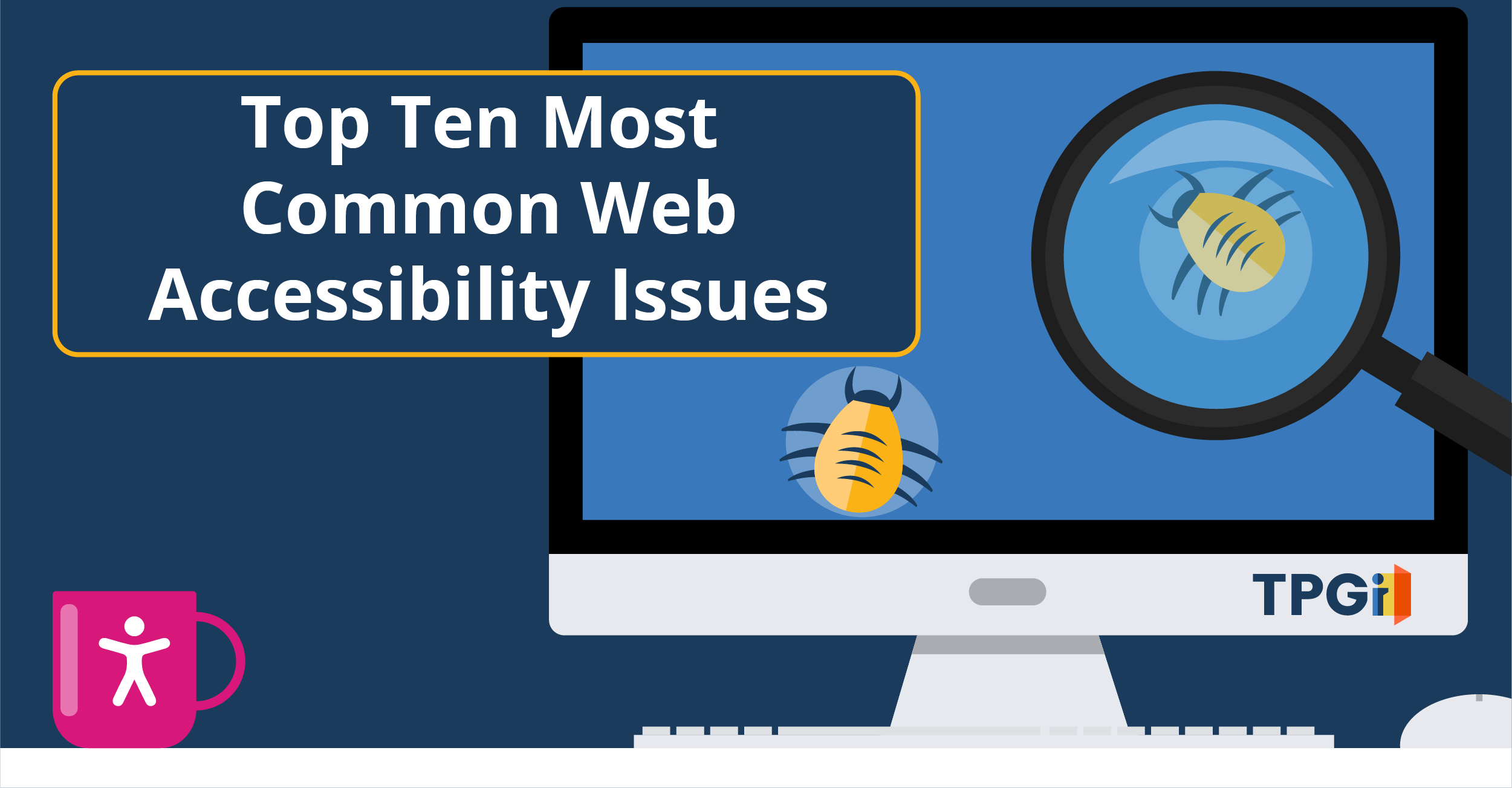Art Salmi: Discovering Creative Insights
Explore the world of art and creativity with insightful articles and inspiration.
Web Accessibility: Making the Internet a Welcoming Place for Everyone
Unlock the web for everyone! Discover how simple accessibility changes can create a welcoming online experience for all users.
Understanding Web Accessibility: Key Principles and Best Practices
Understanding Web Accessibility is crucial for creating an inclusive online experience. It ensures that all users, including those with disabilities, can access and navigate web content. The key principles of web accessibility include perceivable, operable, understandable, and robust content. These principles serve as a guideline for developers and designers, ensuring that their websites can be used by everyone. For instance, providing alternative text for images helps visually impaired users understand visual content, while clear navigation structures enable users with cognitive disabilities to find information more easily.
To implement best practices for web accessibility, consider the following strategies:
- Use clear and simple language to improve readability.
- Ensure that your site is navigable using only a keyboard, accommodating users with mobility impairments.
- Utilize high contrast colors to enhance visibility for users with visual impairments.
- Regularly test your website with accessibility tools and real users to identify barriers.

Common Web Accessibility Mistakes and How to Avoid Them
Web accessibility is crucial for ensuring that all users, including those with disabilities, can effectively navigate and interact with your website. However, many web developers and content creators make common web accessibility mistakes that can hinder usability. Some of these mistakes include inadequate text alternatives for images, poor color contrast, and the lack of keyboard navigability. To avoid these pitfalls, ensure that every non-text element of your website has a descriptive alt attribute that conveys its function or purpose. Additionally, test your color choices for adequate contrast between text and background to enhance readability.
Another frequent oversight is the failure to implement proper HTML semantics and structure. Using headings in a random order or neglecting to use landmark roles can confuse assistive technologies, making it difficult for users to navigate your site. To prevent this issue, adhere to a logical heading hierarchy (h1, h2, h3, etc.) and use ARIA roles where appropriate. This way, you not only improve accessibility but also optimize your content for better SEO performance. Regular audits and user testing with individuals who have disabilities will help you identify these issues and refine your approach to web accessibility.
Why Web Accessibility Matters: Making Digital Spaces Inclusive for All
Web accessibility is a vital aspect of creating inclusive digital spaces that cater to the needs of every user, regardless of their abilities or disabilities. By implementing accessibility standards, websites can ensure that individuals with visual, auditory, or cognitive impairments can interact with content without barriers. This not only promotes equal access to information but also enhances the overall user experience for everyone. When businesses prioritize accessibility, they demonstrate a commitment to social responsibility and inclusivity, which can significantly improve their reputation and customer loyalty.
Moreover, making digital spaces accessible can lead to significant improvements in search engine optimization (SEO). Accessible websites often feature clearer structures, improved navigation, and alternative text for images, all of which are favored by search engines. As a result, investing in web accessibility not only benefits users but also enhances visibility and ranking on search engine results pages. In today's competitive online landscape, ensuring that all users can effectively engage with your content is not just a moral obligation; it is an essential strategy for success.